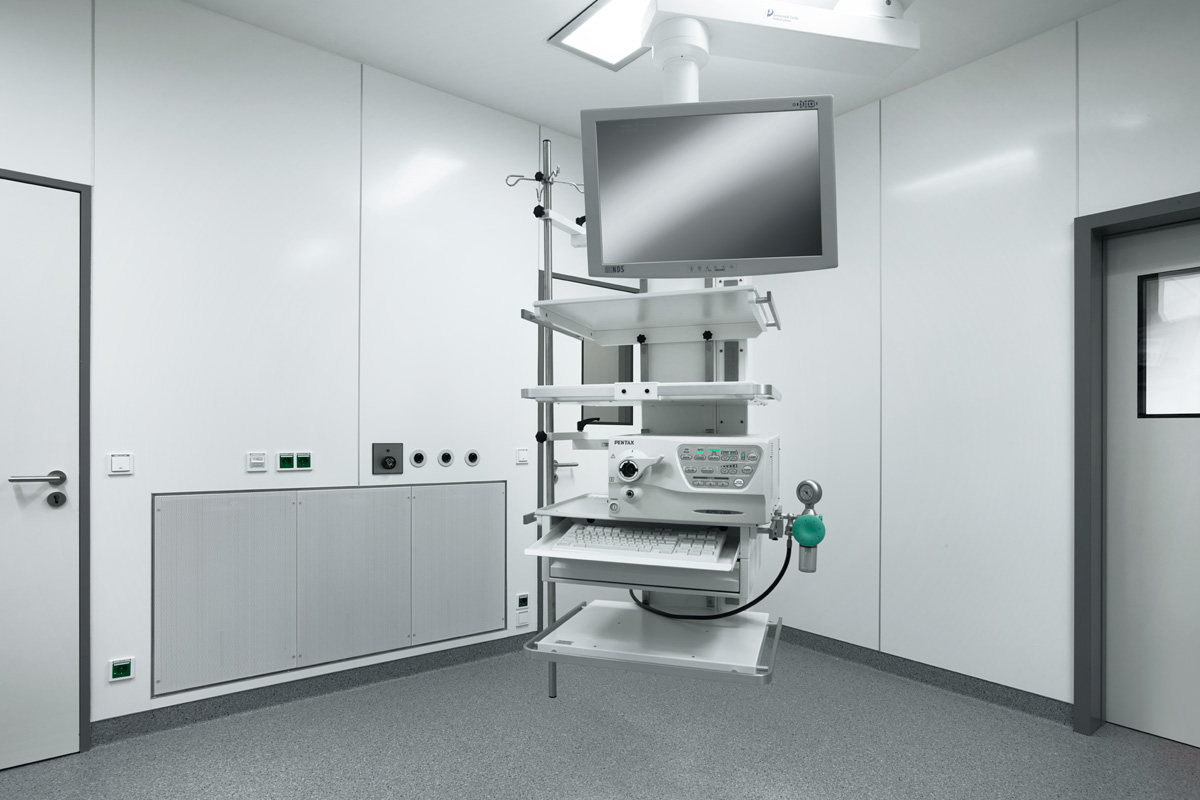
Registering with MyAltro allows you to save all your favorite technical documents, blogs and videos in one place. Get access to exclusive content, additional technical support and more.
When you set your password, it will need to be at least 8 characters including an upper case letter, a lower case letter, a number and a special character.
Can't see the region you're looking for? You can find a list of our global locations here
You are currently on the site for United Arab Emirates. We think you might be looking for the site for United States/Canada.

An evolution of trends and expectations within healthcare has changed the requirements of today’s operating rooms, and other areas that demand superior levels of hygiene. Infection control, patient safety and efficiency are all of increasing importance.
Altro invented hygienic wall cladding and are globally big in wall cladding systems and premium flooring. Hygiene is a focus area; developing technology and systems that help ensure best practice within safe and hygienic environments.
Altro Whiterock uPVC hygienic wall cladding provides a decorative, practical and hygienic cladding solution. Benefiting from a watertight, impervious surface, Altro Whiterock prevents water ingress, thereby discouraging bacteria growth and avoiding structural damage.
It can be hygienically finished around fixtures and fittings and does not require grout so the risk of contamination is dramatically reduced. The fully bonded system includes thermoformed pencil rounded corners giving bacteria nowhere to hide and making it easy to clean and disinfect.
Altro Whiterock hygienic wall cladding offers high levels of impact resistance, high durability and low maintenance costs, making it an excellent long-term investment. It also has a 20 year guarantee and 25 year life expectancy, offering peace of mind that it will perform as expected for years to come.
Altro Whiterock is an effective solution for all hygienic environments, including:
In the demanding environment of an operating room, it is essential that surfaces are safe, hygienic and easy to clean. Maintaining an aseptic environment requires walling which is resistant to most chemicals and staining, and is totally cleanable. Another consideration is durability; impact resistance to heavy traffic is vital as moving trolleys and other mobile equipment is a constant requirement in this environment.
Developments in technology and its impact on the increased use of healthcare equipment has led many hospitals to create hybrid operating rooms. The availability of these allows multiple procedures to be completed without the need to move a patient to a new surgical area. Hybrid suites are being developed to promote efficiency, decrease patient risk, and provide a cost effective solution. These operating rooms allow doctors across different specialities to access the equipment they need within a central location. This lowers the risk of infection to patients as well as increasing efficiencies generally. Hybrids need to be larger than traditional operating rooms due to their wider role, housing more, and often heavier, equipment. There is also increased foot and wheeled traffic, with less down-time. This makes maintaining a hygienic environment challenging while at the same time increasing the importance of doing so.